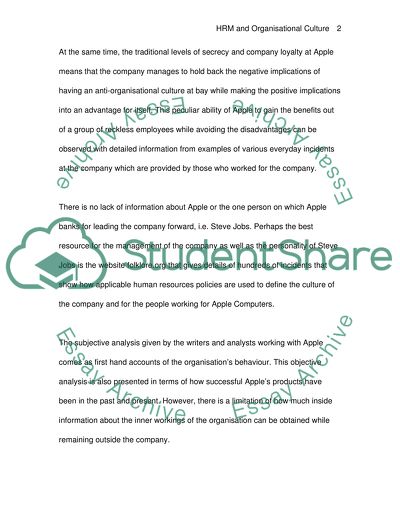Cite this document
(“Explain how human resource management techniques can be a major Essay”, n.d.)
Explain how human resource management techniques can be a major Essay. Retrieved from https://studentshare.org/miscellaneous/1538416-explain-how-human-resource-management-techniques-can-be-a-major-resource-in-the-management-of-organisational-culture
Explain how human resource management techniques can be a major Essay. Retrieved from https://studentshare.org/miscellaneous/1538416-explain-how-human-resource-management-techniques-can-be-a-major-resource-in-the-management-of-organisational-culture
(Explain How Human Resource Management Techniques Can Be a Major Essay)
Explain How Human Resource Management Techniques Can Be a Major Essay. https://studentshare.org/miscellaneous/1538416-explain-how-human-resource-management-techniques-can-be-a-major-resource-in-the-management-of-organisational-culture.
Explain How Human Resource Management Techniques Can Be a Major Essay. https://studentshare.org/miscellaneous/1538416-explain-how-human-resource-management-techniques-can-be-a-major-resource-in-the-management-of-organisational-culture.
“Explain How Human Resource Management Techniques Can Be a Major Essay”, n.d. https://studentshare.org/miscellaneous/1538416-explain-how-human-resource-management-techniques-can-be-a-major-resource-in-the-management-of-organisational-culture.


